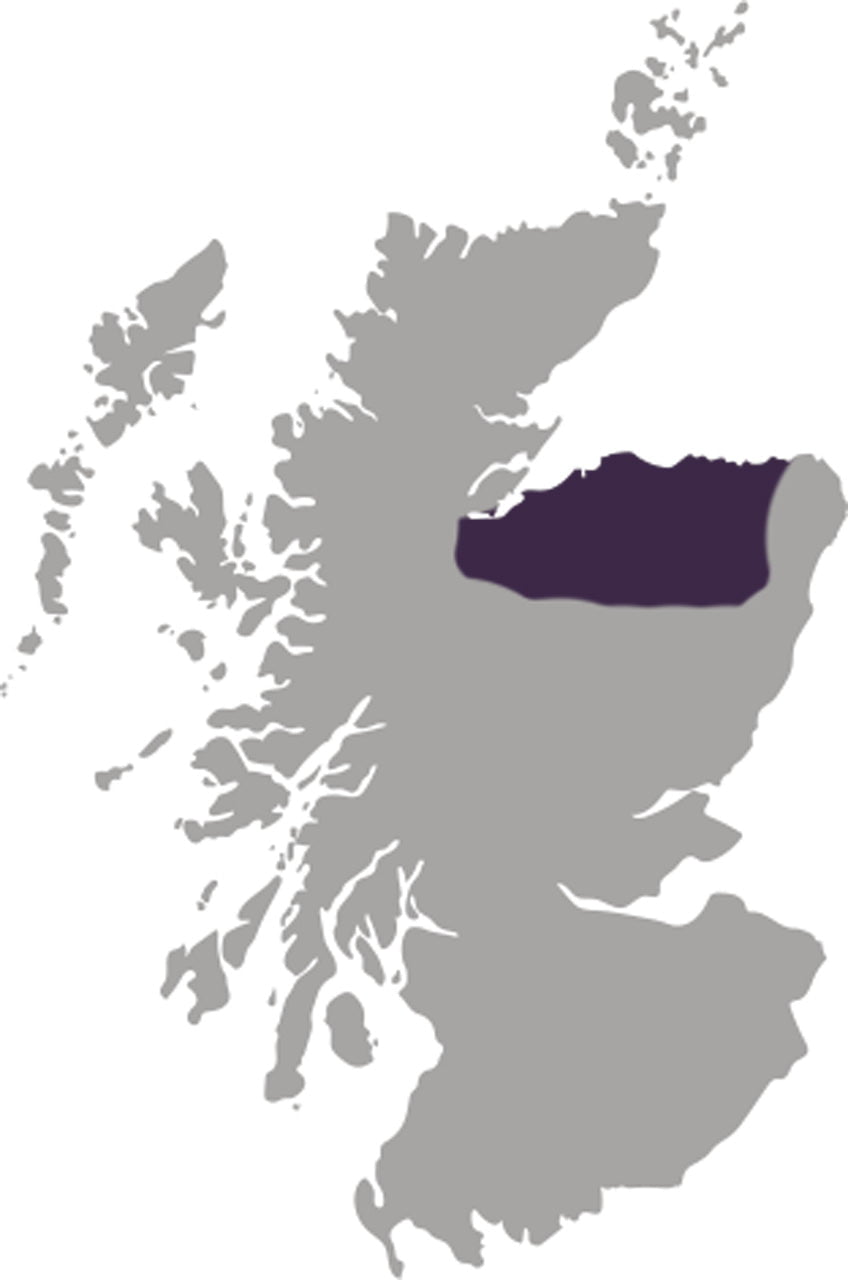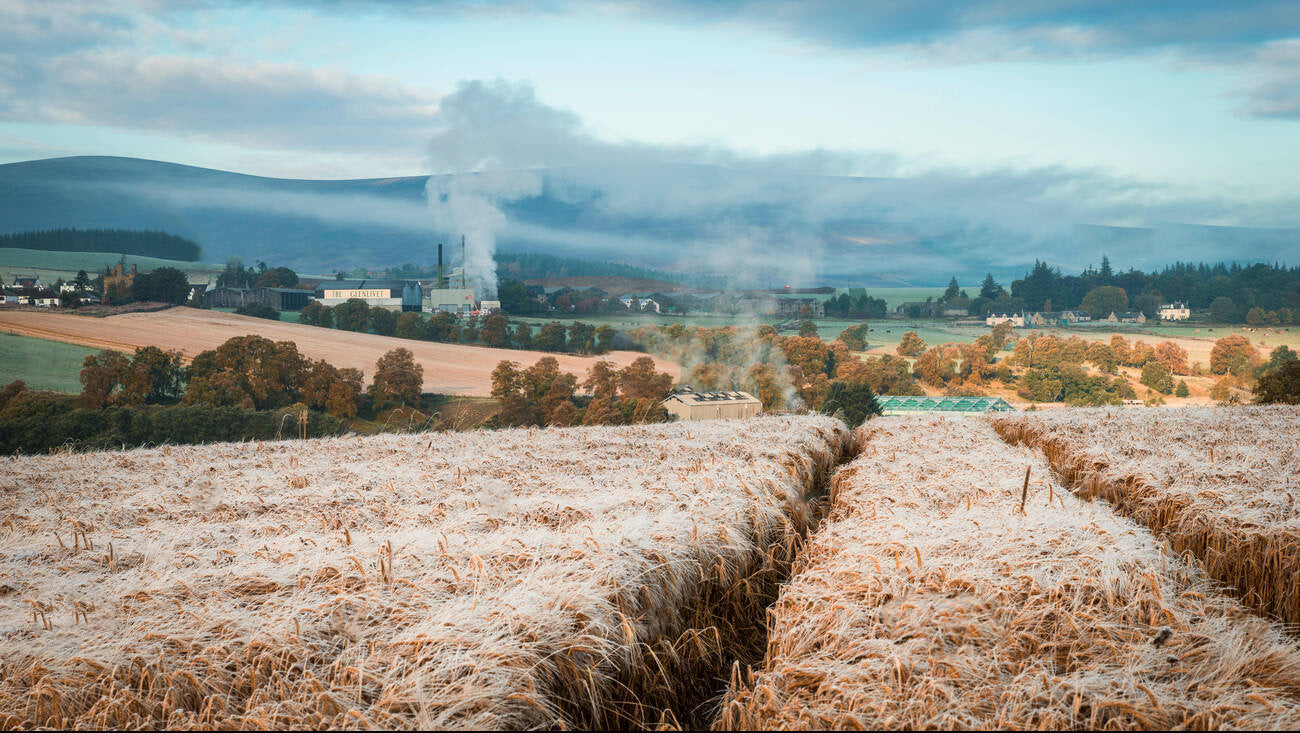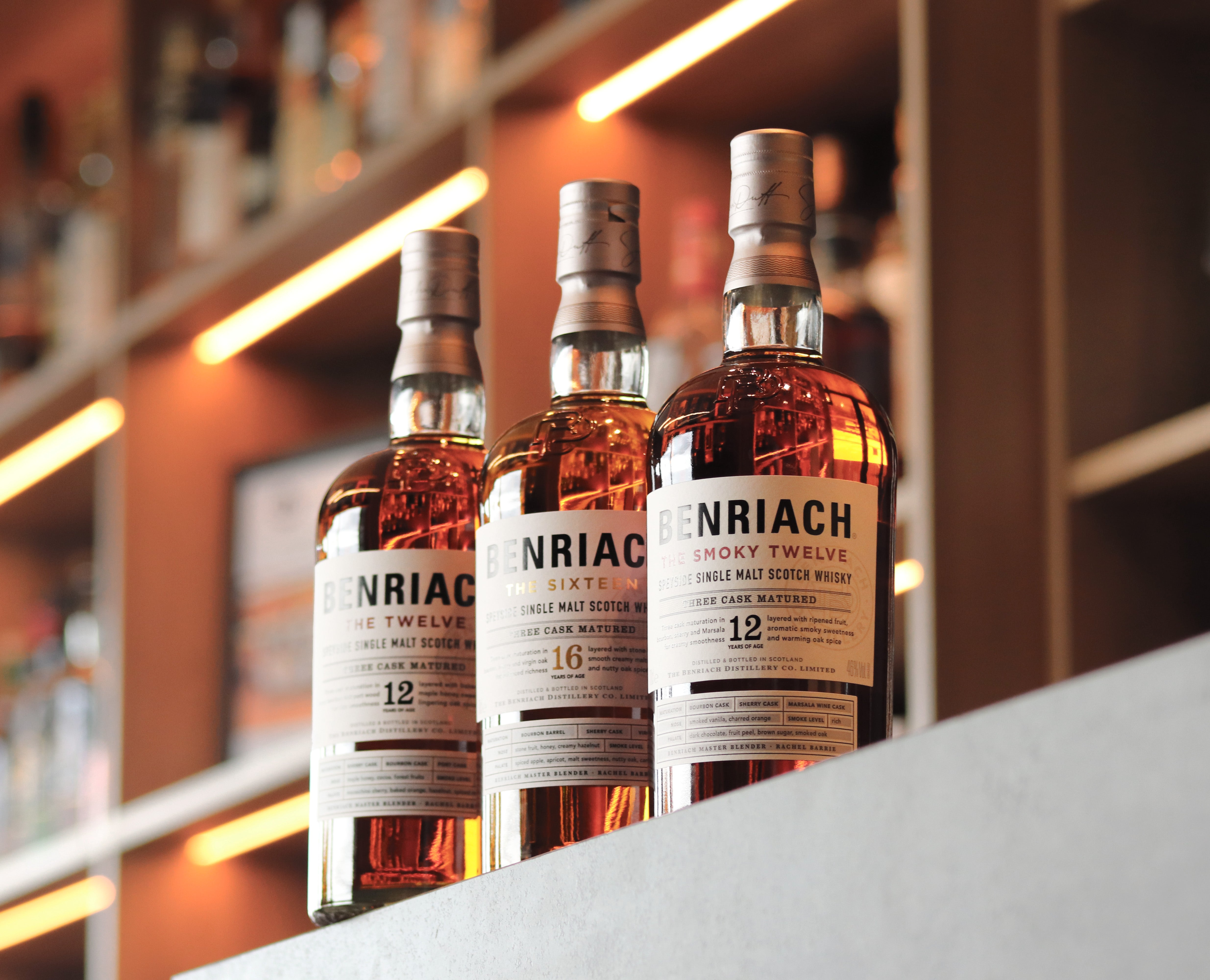Whisky is a spirit quite unlike any other. It’s a simple agricultural product at heart, yet for centuries has earned widespread acclaim and respect. Today, it’s deeply synonymous with quality, tradition and prestige, and is produced and enjoyed around the world. But what is the story of whisky? When and where was whisky invented?
In this blog, we’ll delve into the fascinating history and origins of whisky, exploring its ancient roots, learning how it has been enjoyed and consumed over the centuries, and how its production and popularity have changed over time.
When and where was whisky invented?
To tell the story of whisky, we must first start with distillation. A relatively recent invention in human history, the art of distillation is believed to have originated in China in around the 10th century.
From China, the art travelled westwards through the Middle East and then into Europe. From there the knowledge is thought to have been brought to Ireland by travelling missionary monks in around the 12th century.
Which regions of the world cultivated whisky?
Initially, the art of distilling whisky, then known as ‘uisce beatha’ or ‘the water of life’, was primarily kept within the confines of Irish monasteries. Occasionally, monks shared their knowledge with local farmers in exchange for the barley needed for distillation. By the time of King Henry II’s invasion of Ireland in 1170, distillation had become a common practice among small farming communities.
Whisky distilling soon made its way to Scotland, where the very first documented evidence of whisky making was recorded in The Scottish Exchequer Rolls in 1494. The record noted an order for “Eight bolls of malt to Friar John Cor wherewith to make aqua vitae.” Aqua vitae, meaning ‘water of life’ in Latin, is a translation of ‘uisce beatha’.
Over time uisce beatha became to be known as ‘usky’, which eventually evolved into the word ‘whisky’. In those early days, whisky was a rough, colourless, inconsistent spirit. Usually, it was drunk straight from the still - not aged in oak casks - and there was very little consistency between batches. It would be a few centuries before whisky came to be the refined, smooth, amber spirit we know today.
How was whisky traditionally drunk and who by?
Ireland & Scotland
Going back to the first whisky drinkers in Ireland and Scotland, where whisky has its roots, whisky was made in order to utilise excess barley from the harvest and was seen as a source of warmth and comfort, particularly in the winter. It was typically served in a quaich, a shallow, two handled drinking cup, symbolising friendship and trust, and enjoyed at small social gatherings.
U.S.A
In the United States, knowledge of whiskey-making (notice in the US, whiskey is spelled with an ‘e’) was brought over by Irish and Scots settlers in the early 17th century. The area that we now know as the Commonwealth of Kentucky was ‘discovered’ as having fertile land – perfect for growing corn – and plenty of pure water sources.
Whiskey was initially enjoyed by farmers and later by frontiersmen, who drank it neat from small glasses in saloon bars or straight from the bottle. In emergencies, whiskey was also useful as a steriliser, poured over wounds to prevent infection.
Bourbon was first produced in Kentucky in the 1780s, when distillers found that ageing whiskey in charred oak barrels gave it a smooth, mellow profile.
How has whisky’s popularity changed over time?
Whisky’s popularity has fluctuated and expanded significantly over time.
18th Century
By the early 18th century in Scotland, drinking whisky was ingrained in the culture of the Highland communities but after the introduction of the malt tax in 1725, it became an expensive past-time. In response, whisky producers moved their production ‘underground’ producing in small batches from homemade stills at night to hide the tell-tale smoke from the looming ‘gaugers’ or excise men.
In the USA, whiskey’s popularity soared as settlers relied on it for trade, bartering it in frontier regions where money was scarce. Later, during the American Revolution, whiskey also served as a form of currency due to its widespread availability and value.
19th Century
Scotch whisky particularly gained broader appeal in the early 19th century after King George IV’s state visit to Scotland in 1822, where he publicly announced his fondness for Glenlivet whisky, at the time the generic name for whisky from the Livet Valley, elevating its status and demand.
In the mid 19th century, Andrew Usher introduced the first commercially available blended whisky (Old Vatted Glenlivet) which was hugely popular due to its smooth, consistent taste and became highly sought after, domestically and in the USA. At this time, brands that we’re very familiar with today were established – Johnnie Walker, Chivas Brothers and Ballantine’s, amongst many others.
The late 19th century marked the first golden age of whisky, significantly boosted by the outbreak of Phylloxera. This beetle infestation devastated France’s grape harvests, halting Cognac production. As a result, former Cognac drinkers turned to whisky, sparking a newfound interest and propelling its popularity.
Irish whiskey was particularly popular both domestically and in the US in this period and saw Ireland become the largest producer of whiskey in the United Kingdom, with Dublin emerging as a major distilling centre.
20th Century
In Japan the first commercial whisky distillery was opened in 1923 and was heavily influenced by the production methods of Scotch whisky. Over time, Japanese distillers began to develop their own unique style, but it wasn’t until after WWII, when the Japanese economy grew, that the demand for whisky boomed and many new distilleries were established.
In the early 20th century, Prohibition in the United States initially dampened whisky’s popularity but behind the scenes, at the ‘speakeasies’ and high-society parties, whisky was gaining popularity, which led to its resurgence once Prohibition was repealed in 1933.
The mid-20th century, witnessed a second ‘golden age’ of whisky, marked by a post-WWII surge in demand and a renewed interest in single malt whiskies. High quality marketing campaigns emphasising craftsmanship played a significant role in boosting the popularity of single malt whisky during this period.
21st Century
In the 21st century, whisky’s popularity has experienced a significant resurgence. There’s a growing appreciation for premium whiskies, with an expanding consumer base in regions like Asia. There’s been an increase globally in new whisky-making regions such as Australia, New Zealand, Taiwan and Scandinavia, and the huge investment and expansion of existing Scotch whisky distilleries highlights whisky’s increasing appeal.
How has whisky production changed over time?
Although fundamentally whisky is still produced today in the same way it has been for centuries – i.e. milling, mashing, fermentation and distillation, over the last two centuries whisky production has undergone some significant transformations.
In the 1850s the Coffey Still was introduced, enabling the distillation of grain whisky, which could then be blended with single malt whisky to create blended whisky.
Until the early 20th century, various metals were used to make batch stills, until it became apparent that copper was easier to shape and helped strip the spirit of impurities.
Ageing Scotch whisky in oak casks wasn’t a legal requirement until the introduction of the Immature Spirits Act 1915, where it was ruled that, in order for whisky to be called Scotch whisky, it must be aged in oak casks for a minimum of two years (this was changed to three years in 1916).
In the last twenty years, innovations such as computerised distillation, cask finishing and experimentation in fermentation have modernised the industry, and of course sustainability now plays a major role in the way whisky is produced.
Conclusion
From its humble origins in Irish monasteries to its evolution into the global multi-billion-pound industry we know today, whisky has reached almost every corner of the world, helping to shape economies, influence cultures, and bring fans and enthusiasts together across continents.
Visit Still Spirit to see our range of Scotch, Irish, bourbon, old & rare, blended, Japanese, and ‘new world’ whiskies.









